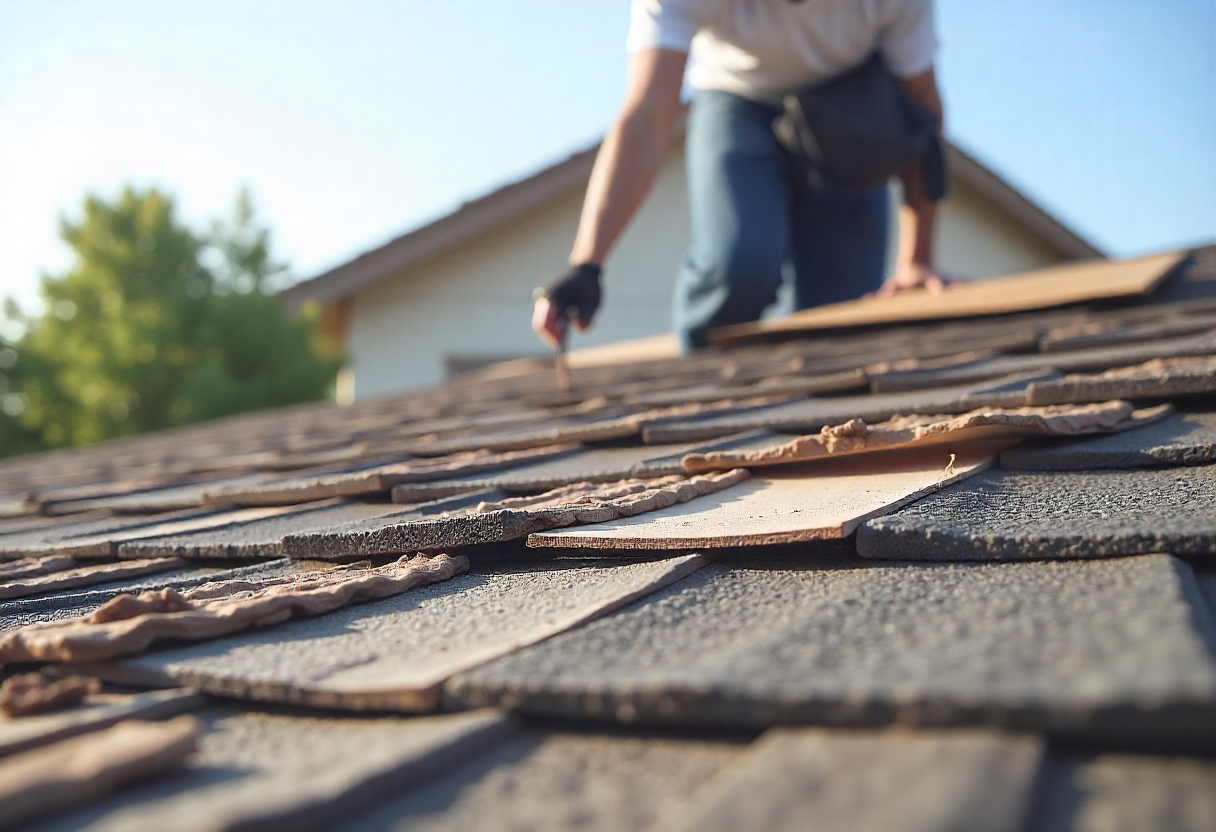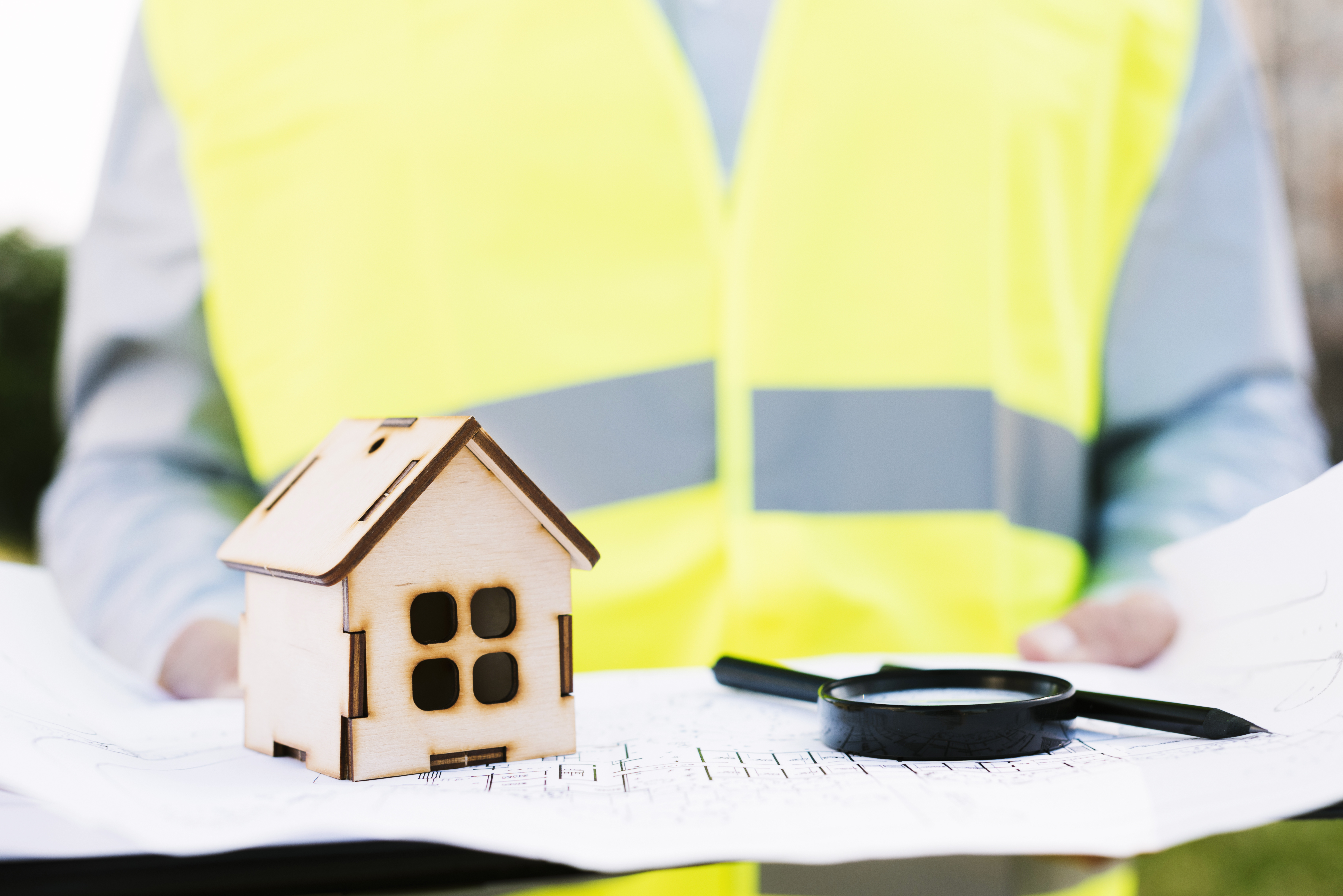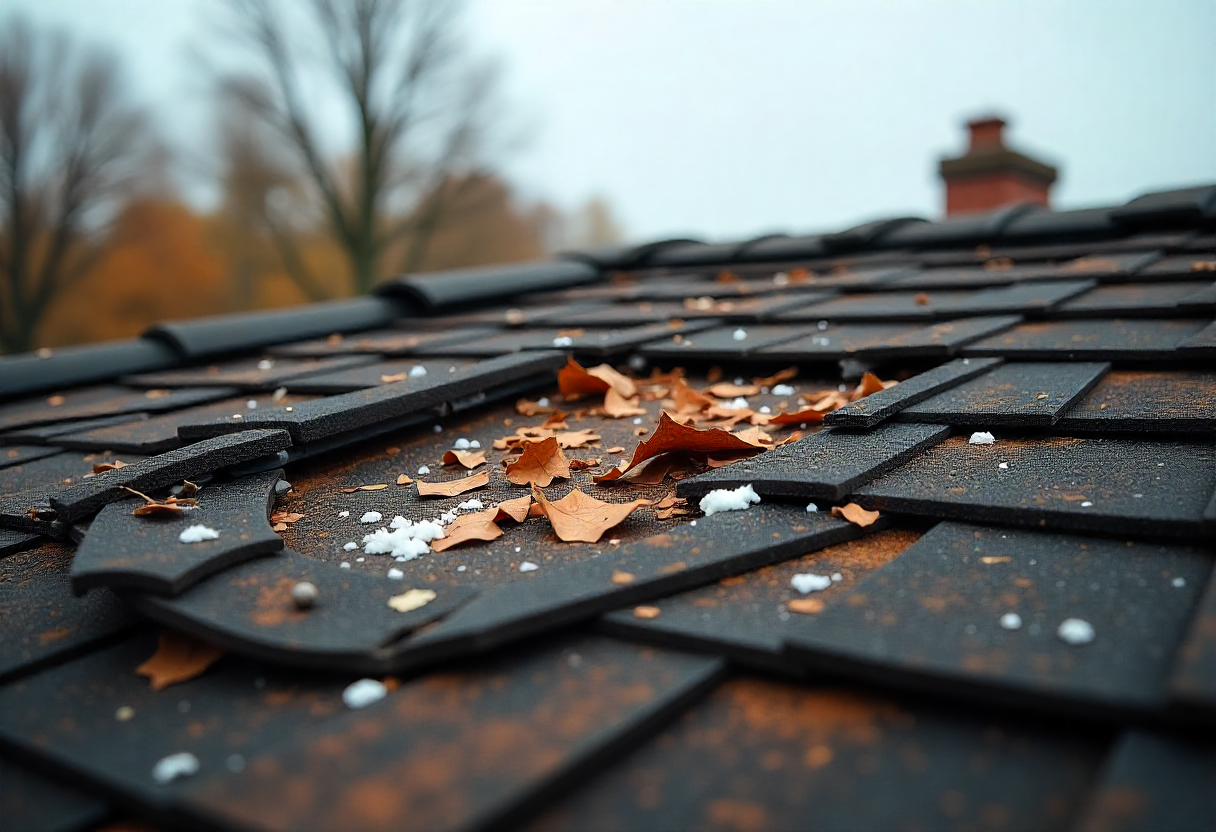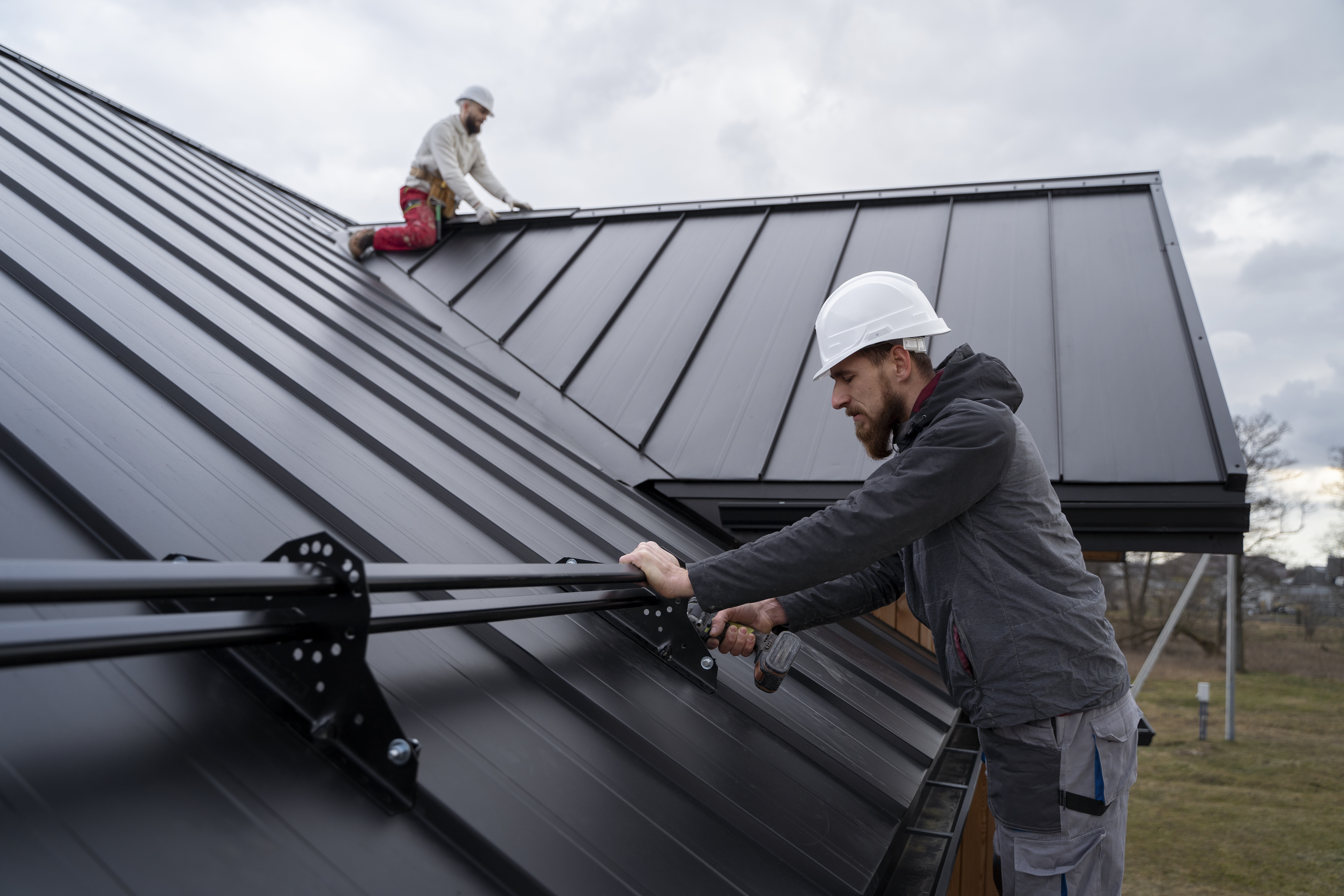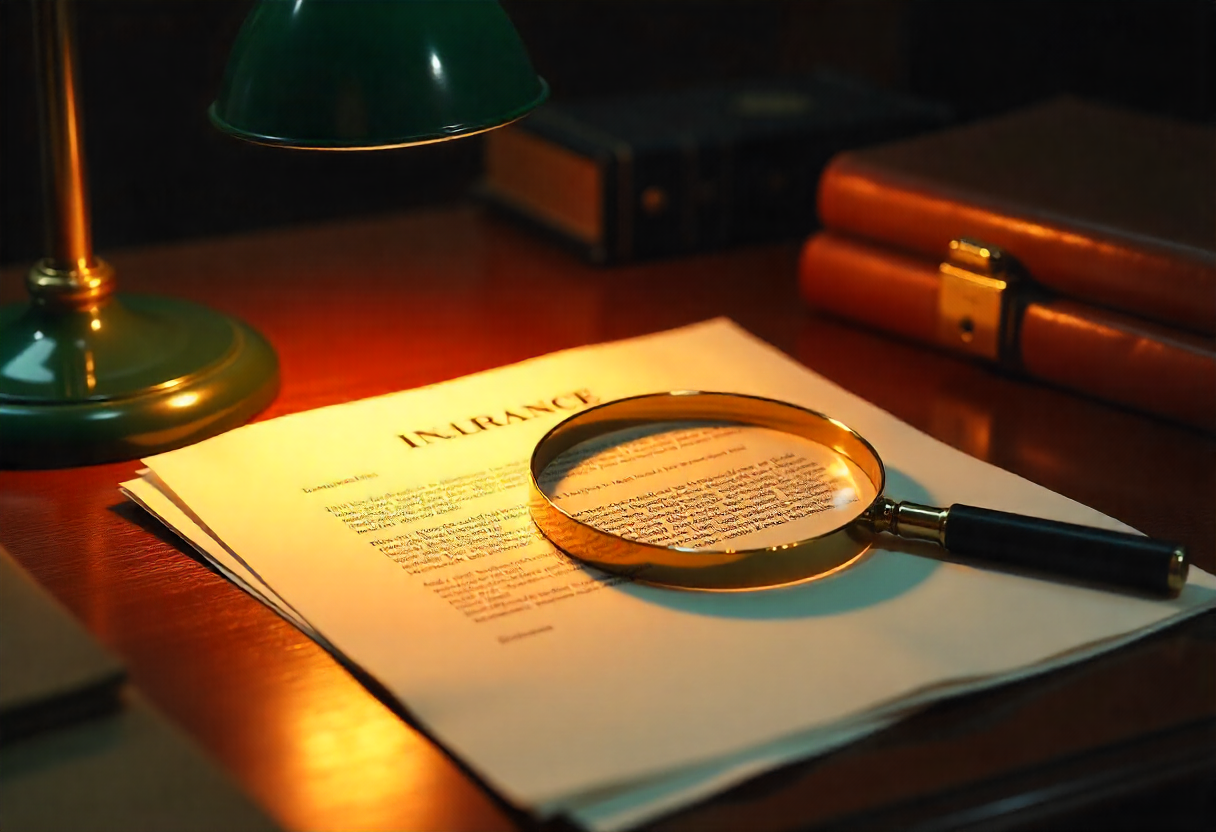Autumn in Texas can be tricky. One day it is sunny and mild, and the next, heavy storms roll in with hail that pounds against rooftops. While hailstorms can be fascinating to watch, the damage they leave behind is no fun at all. The challenge is that roof damage from hail is not always obvious at first glance. Many homeowners assume their roof survived just fine, only to find leaks or costly repairs months later.
The good news is that with the right knowledge, you can spot the warning signs early. Let’s talk about how to identify hail damage on your roof after autumn storms, why quick action matters, and what steps you can take to keep your home safe.
Why Hail Is So Tough on Roofs
Hail might look like nothing more than frozen rain, but those icy balls can hit with a surprising amount of force. When they strike roof shingles, tiles, or metal panels, they leave behind dents, cracks, or even holes. The larger the hail, the more serious the impact. Combine that with strong winds, and you have a recipe for roof damage that can shorten the life of your roof.
It is not just the immediate hit that matters. Hail can break protective granules off shingles, exposing the material underneath. Over time, that exposed area deteriorates faster, which often leads to leaks. The scary part is that you might not notice any issues right away.
Also Read: Understanding Hail Damage on Your Roof - Prevention, Inspection, and Repair
Visible Signs of Hail Damage
After a storm passes, take a careful look at your roof from the ground. Do not climb up unless you have the right safety gear, since roofs can be slippery and dangerous. Here are some signs that suggest your roof took a beating:
- Dents or dings on gutters and downspouts
- Shingles that appear bruised, cracked, or missing granules
- Small circular marks where hailstones hit the surface
- Damage to roof vents, flashing, or skylights
- Pieces of shingles or roofing material scattered in the yard
If you have a tile or metal roof, you might see chips, cracks, or dents instead of bruising. Hail leaves its mark differently depending on the roofing material.
The Less Obvious Warning Signs
Not all hail damage is easy to see. Sometimes the problems hide under the surface, which is why inspections are so important. A few subtle signs to watch for include:
- Water stains on ceilings or walls inside your home
- Unexplained drafts or higher energy bills from insulation problems
- Soft spots on the roof deck when walked on by a professional
- Shingles that look fine from the ground but feel loose up close
These hidden issues are often missed until they cause bigger headaches like leaks or structural damage.
Why Acting Quickly Matters
You might be tempted to wait and see if problems show up later, but delaying can make things worse. Water can sneak into the smallest cracks, leading to mold, rot, or even weakened framing. Insurance companies also typically require that claims be filed soon after a storm. If you wait too long, you might lose out on coverage.
By getting your roof checked immediately, you catch problems while they are small and manageable. It is always better to repair a few shingles now than replace entire sections of the roof later.
Also Read: Texas Fall Storms and Hail Damage: How to Know When Your Roof Needs Repairs
What Professionals Look For
When you call in roofing experts, they know exactly what to check. Their inspection usually includes:
- Examining shingles or tiles for bruising, cracks, or missing pieces.
- Checking gutters, flashing, and vents for dents or dislodged parts.
- Inspecting attic spaces for water leaks or moisture buildup.
- Looking for signs of granule loss that weaken roof protection.
- Assessing the overall condition of the roof to determine if hail damage repairs or replacement are needed.
Professionals bring experience and trained eyes that homeowners often do not have. They can spot subtle damage that is easy to overlook.
Steps to Take After a Storm
If a hailstorm has recently hit your neighborhood, here is a simple checklist to follow:
- Walk around your home and look for visible signs of damage from the ground.
- Take photos of any dents, broken shingles, or debris you notice.
- Check inside your home for water stains or leaks.
- Contact your roofing company to schedule a professional inspection.
- Call your insurance provider to start a claim if damage is confirmed.
- Documenting everything with photos and notes will help you during the claims process.
Preventing Long-Term Issues
While you cannot stop hail from falling, you can take steps to minimize damage. Regular maintenance, such as clearing gutters and trimming overhanging branches, keeps your roof in better shape to withstand storms. Upgrading to impact-resistant shingles is another smart move if you live in an area prone to hail. These shingles are designed to handle the force of hail better and often come with insurance discounts.
Another way to stay ahead is by scheduling annual roof inspections. A professional can identify weak spots before the storm season arrives, giving you peace of mind.
When Repairs Are Needed
Not every hailstorm leads to a full roof replacement. In many cases, a professional can repair damaged areas by replacing shingles, sealing leaks, or fixing broken flashing. If the damage is widespread, however, replacing the entire roof may be the safer and more cost-effective choice.
The decision depends on the severity of the damage and the age of your current roof. A trusted roofing company will walk you through the options and help you choose the best solution for your home and budget.
Final Thoughts
Hailstorms are part of autumn weather in many parts of Texas, and your roof often takes the brunt of it. Spotting hail storm damage early is the key to preventing costly repairs down the line. Look for dents, cracks, missing granules, or water stains, and do not ignore subtle warning signs.
When in doubt, call in professionals for a thorough inspection. They can find damage you might miss and recommend the right repairs before problems get worse. Taking action quickly protects not just your roof but the comfort and safety of your entire home.
Remember, your roof is your first line of defense against storms. Keeping it strong and well-maintained ensures it will keep protecting you, season after season.

